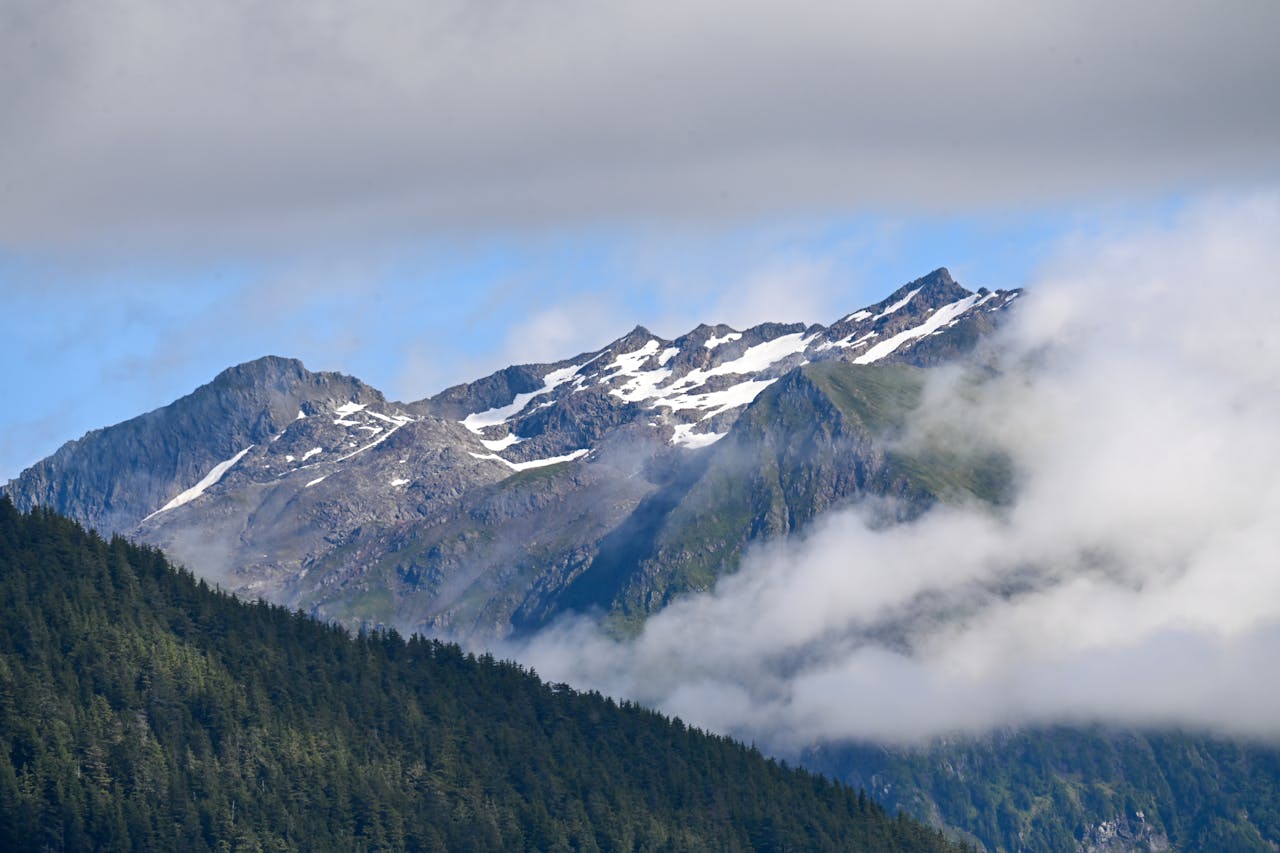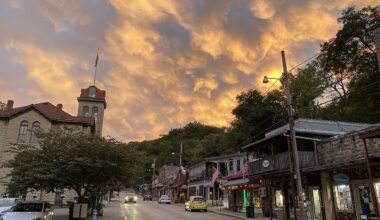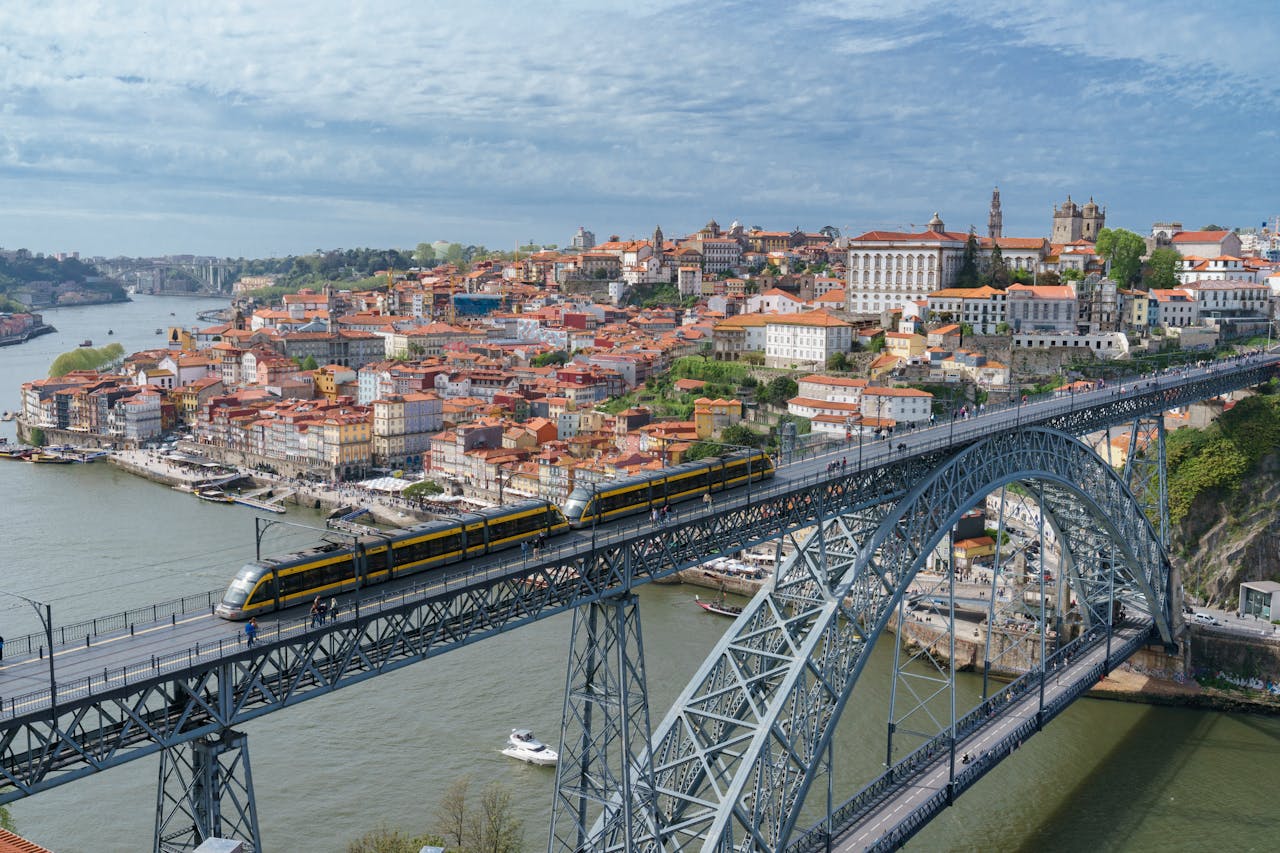Some national parks refuse the highway. Ferries, floatplanes, and small boats set the rhythm, and the payoff is quiet that carries. Rangers talk logistics first, then weather, then wildlife, because distance is part of the design. These places keep capacity small and scenery large, with soundtracks of surf, wind, and wings. Meals are simple, time runs long, and stars arrive early. What follows favors parks where the road stops short and the trip becomes a crossing, not a commute.
Isle Royale National Park, Michigan
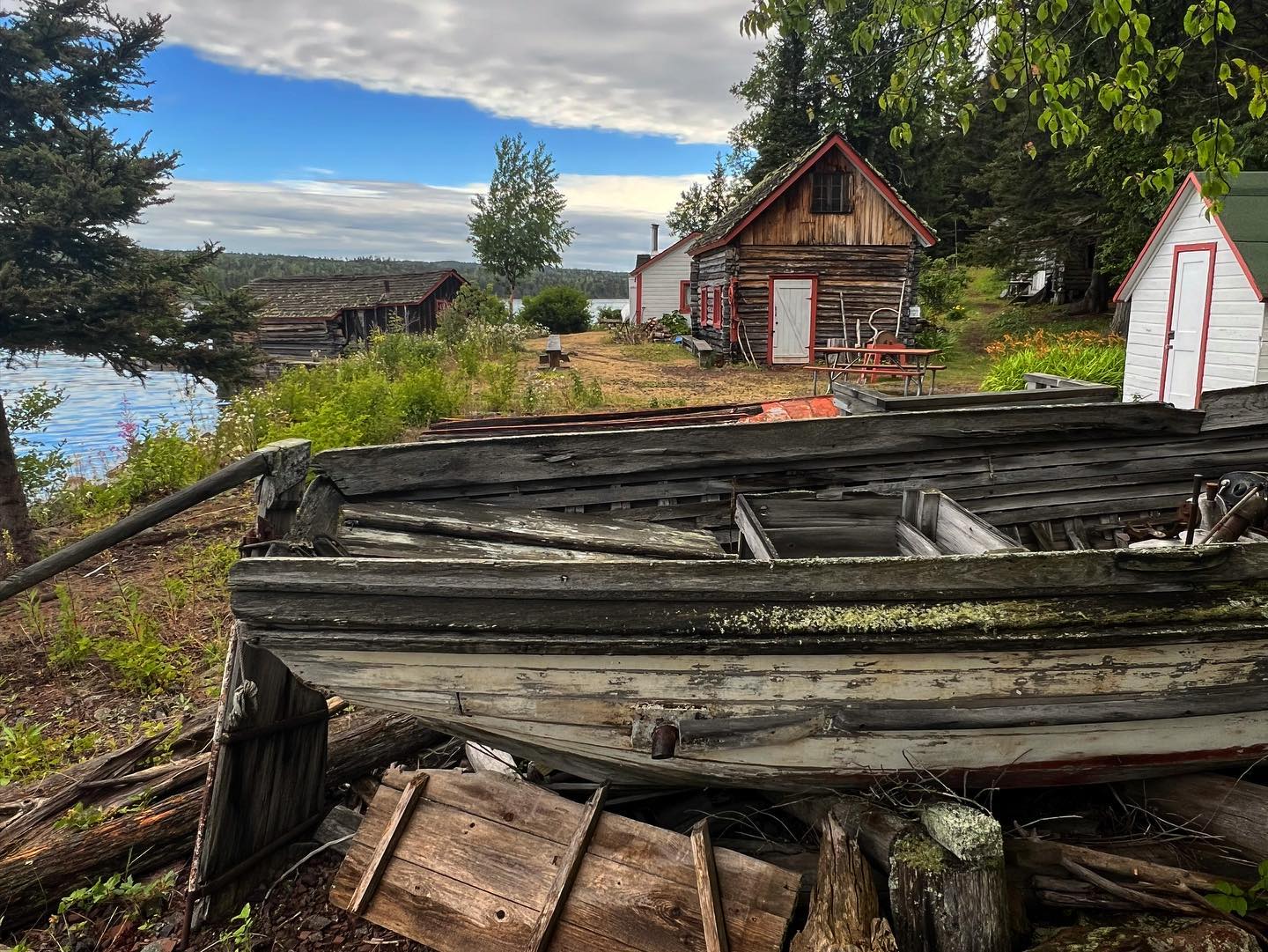
Lake Superior guards this island wilderness, so arrivals come by ferry from Houghton, Copper Harbor, or Grand Portage, or by seaplane from Hancock. No cars, no casual day trips, just wolves, moose, balsam air, and trails that stitch Rock Harbor to Windigo. Paddlers work coves and inland lakes while loons carry evening notes across flat water. Summer feels unhurried, shoulder seasons feel private, and every mile walked or paddled makes the return boat taste earned.
Dry Tortugas National Park, Florida
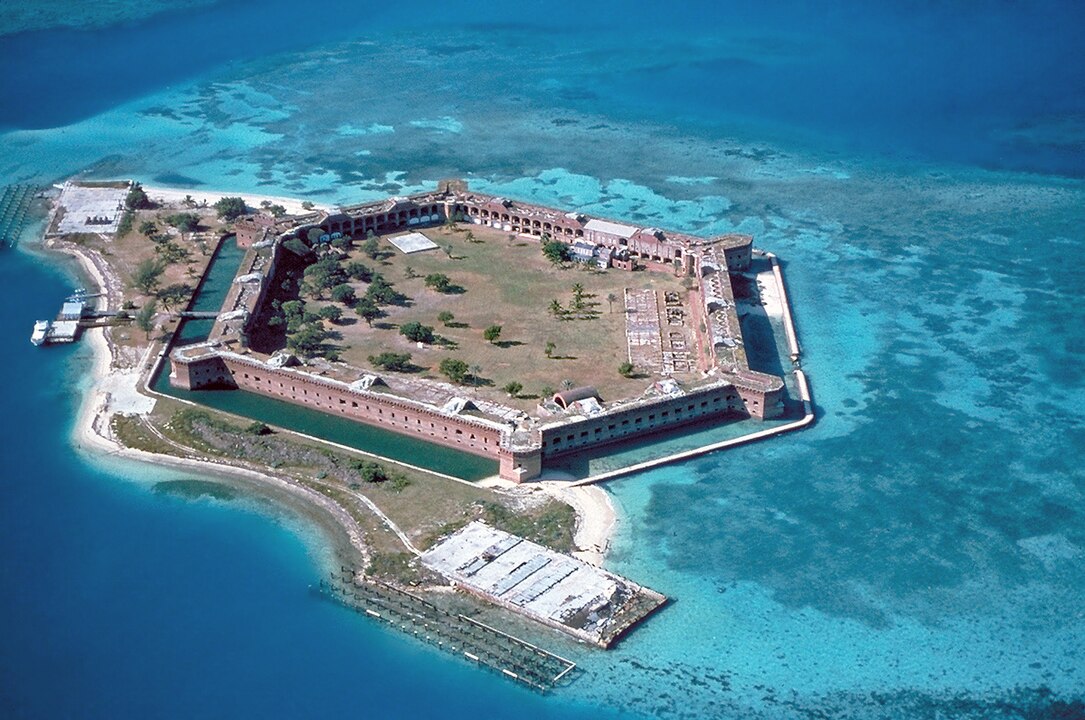
Seventy miles west of Key West, a brick fortress rises from clear water where corals ring a chain of tiny keys. The Yankee Freedom ferry and seaplanes handle access, with day trippers circling Fort Jefferson and snorkelers drifting above turtles and starfish. Camping is limited, night skies shock the senses, and wind writes the plan. Salt, sun, and history share tight quarters, and the edge-of-the-map feeling lingers long after the prop wash fades.
Channel Islands National Park, California
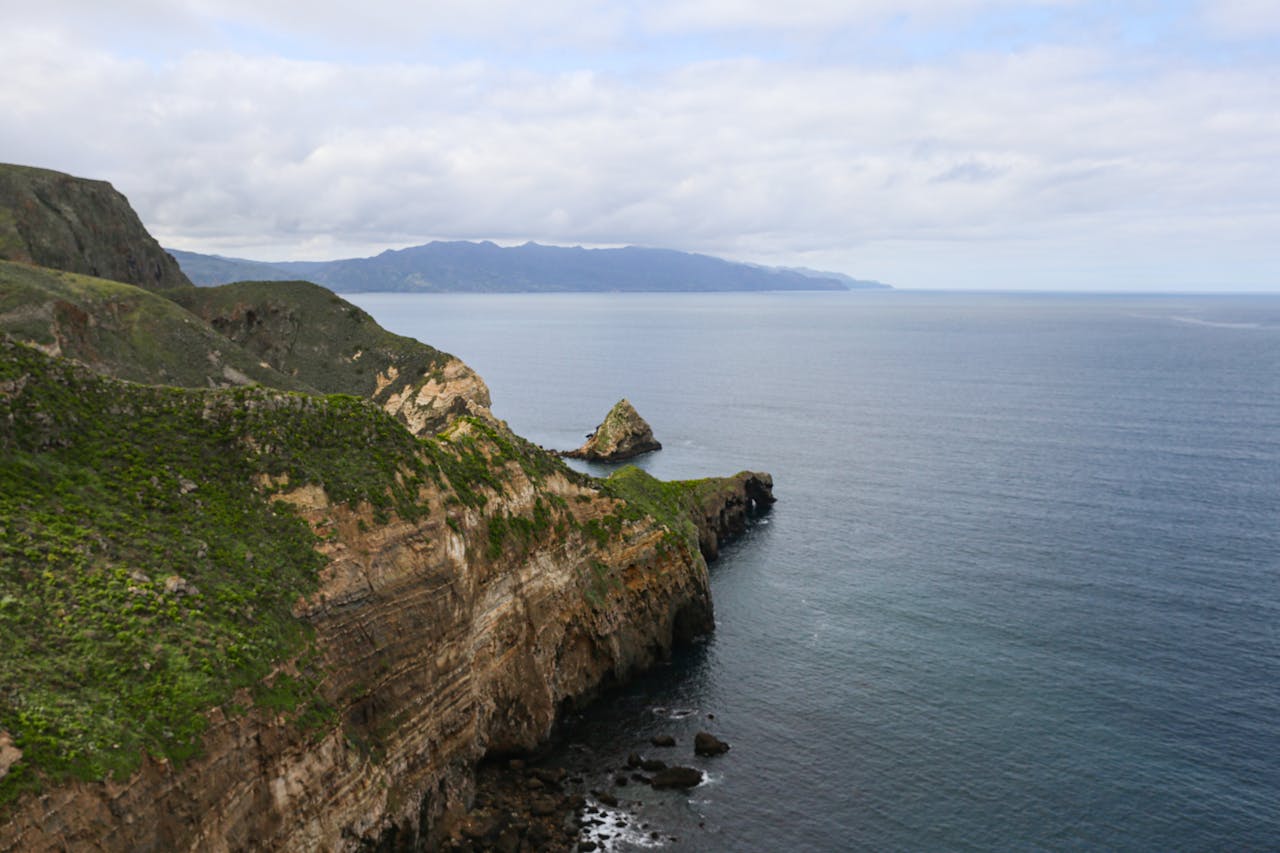
Five islands sit just off Ventura and Oxnard, close to freeways yet a world apart. Island Packers boats and occasional small planes reach sea caves, kelp forests, and fox country, where trails climb to sea cliffs and silence. Painted Cave swallows light, blue whales pass in season, and night brings stars and pelican silhouettes. With no services beyond basics, the pace turns deliberate. Footsteps replace engines, and the mainland looks like a movie across the channel.
Glacier Bay National Park, Alaska
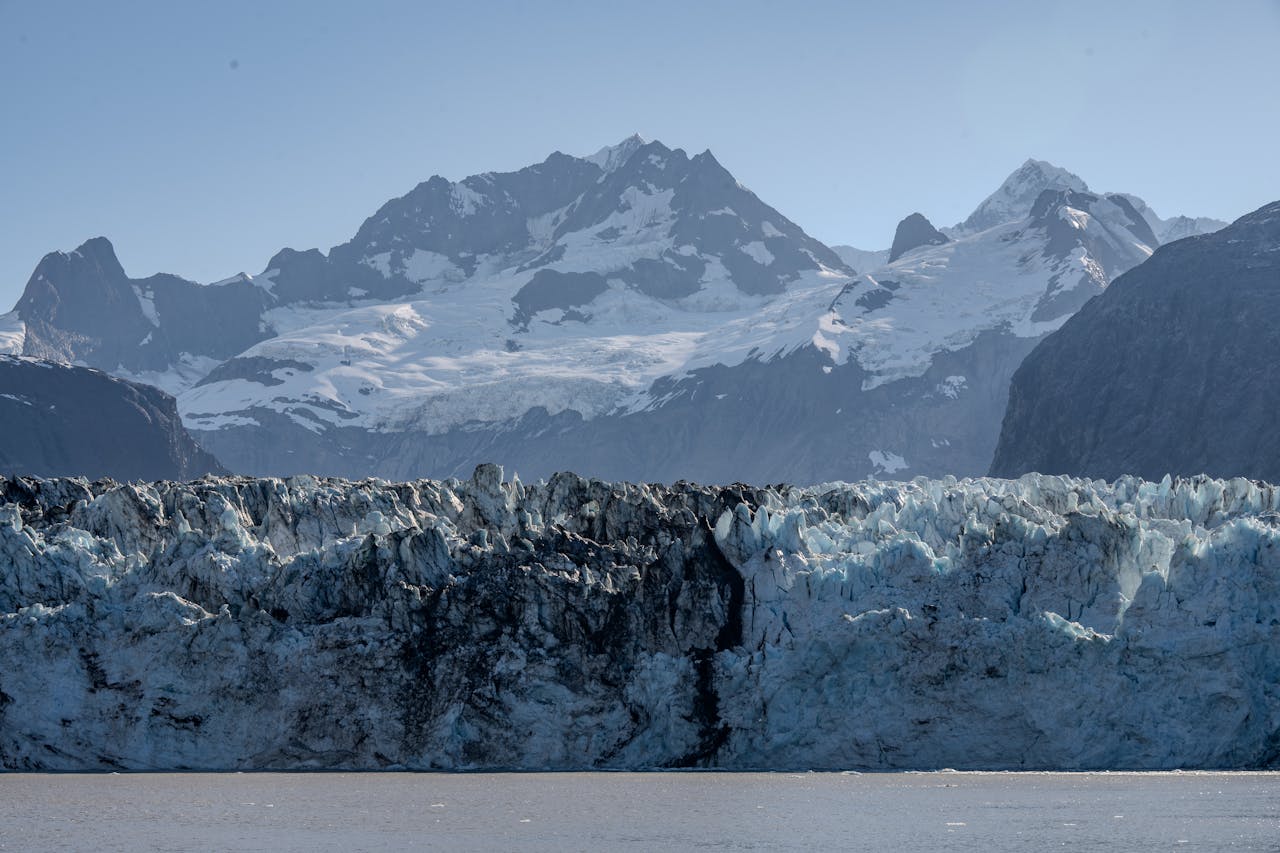
There is no road to this ice-chiseled maze. Boats and small planes bring travelers to Bartlett Cove, then tour vessels and kayaks trace teal water toward thunderous tidewater glaciers. Humpbacks lunge, sea otters raft in kelp, and the mountains feel close enough to touch. Weather sets the schedule and rewards patience with sudden blue skies. A day can hold silence, icefall, and sunlight on fresh bergs, then end with a soft wake curling off the bow.
Katmai National Park, Alaska
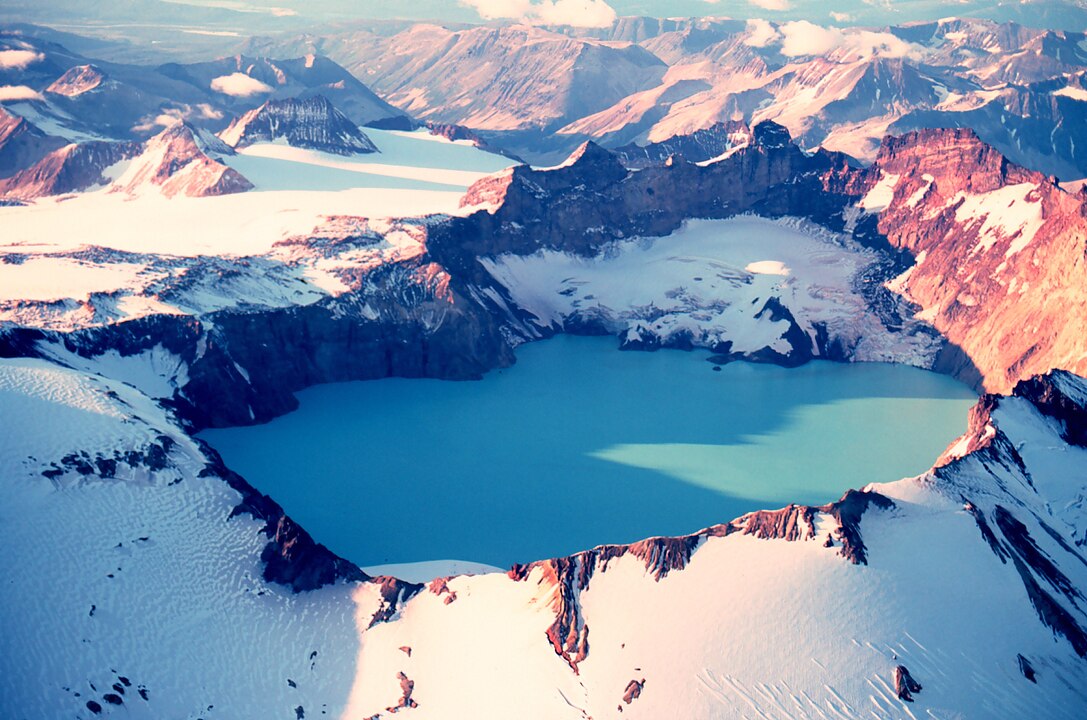
Katmai is a floatplane on gravel, a river bend full of salmon, and brown bears standing in white water at Brooks Falls. There are no roads into the park; access runs through King Salmon by air or boat, then boardwalks and skiffs carry the last miles. Steam still rises from the Valley of Ten Thousand Smokes, and coastal meadows hold prints like a book. Food storage rules are strict, attention is constant, and awe arrives on schedule.
Lake Clark National Park, Alaska
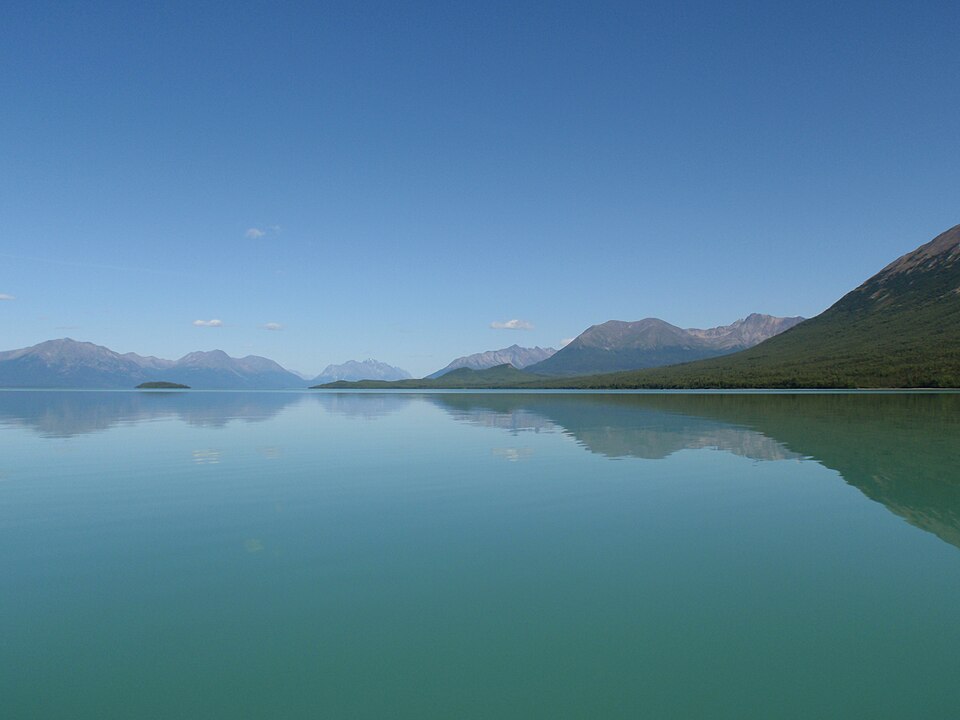
Volcanoes, turquoise lakes, and wild coastlines meet in a park with no road in, just small planes from Anchorage, Homer, or Kenai, and boats working weather windows. Silver Salmon Creek and Chinitna Bay host world-class bear viewing, while ridgelines frame glaciers and alpine bowls. Outfitters arrange cabins and airstrips; nature handles the rest. When clouds lift, the palette turns unreal, and even short walks feel like high-mile days because every view stops the clock.
Kobuk Valley National Park, Alaska
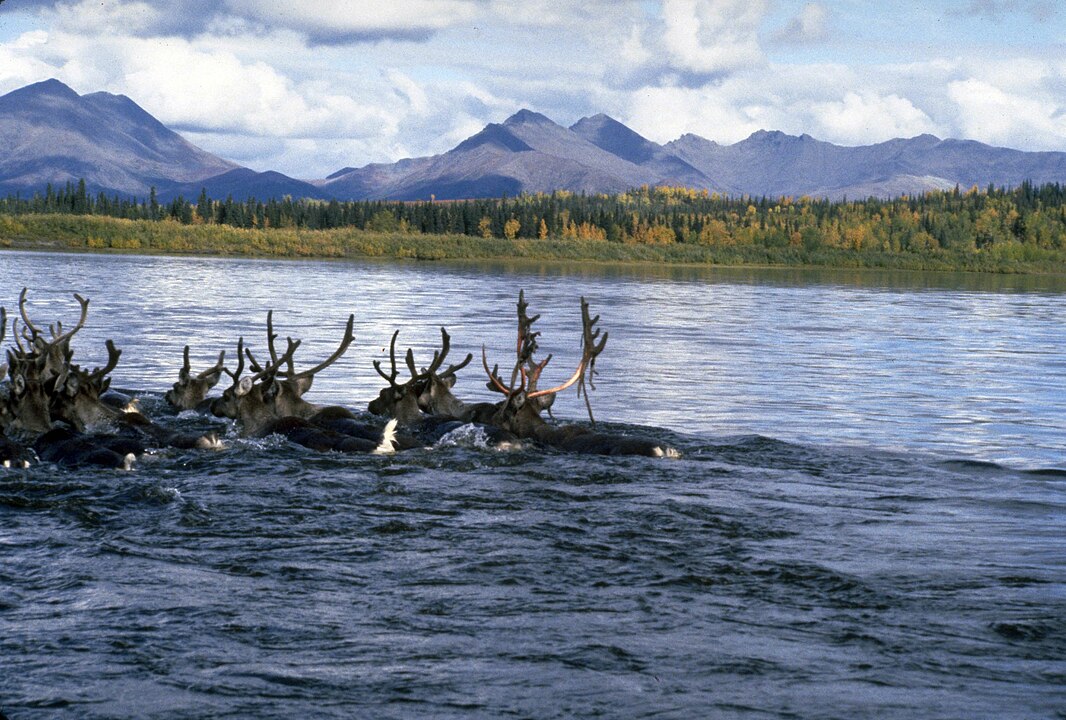
Access here is by air taxi from Kotzebue or Bettles, or by boat along the Kobuk when levels allow. The Great Kobuk Sand Dunes glow like a misplaced desert, caribou pour across Onion Portage in season, and the river writes the route. There are no roads, trails, or facilities, only long light and slow water. Maps, timing, and local pilots matter more than itineraries. The reward is solitude with teeth, beautiful and absolute.
Gates of the Arctic National Park, Alaska
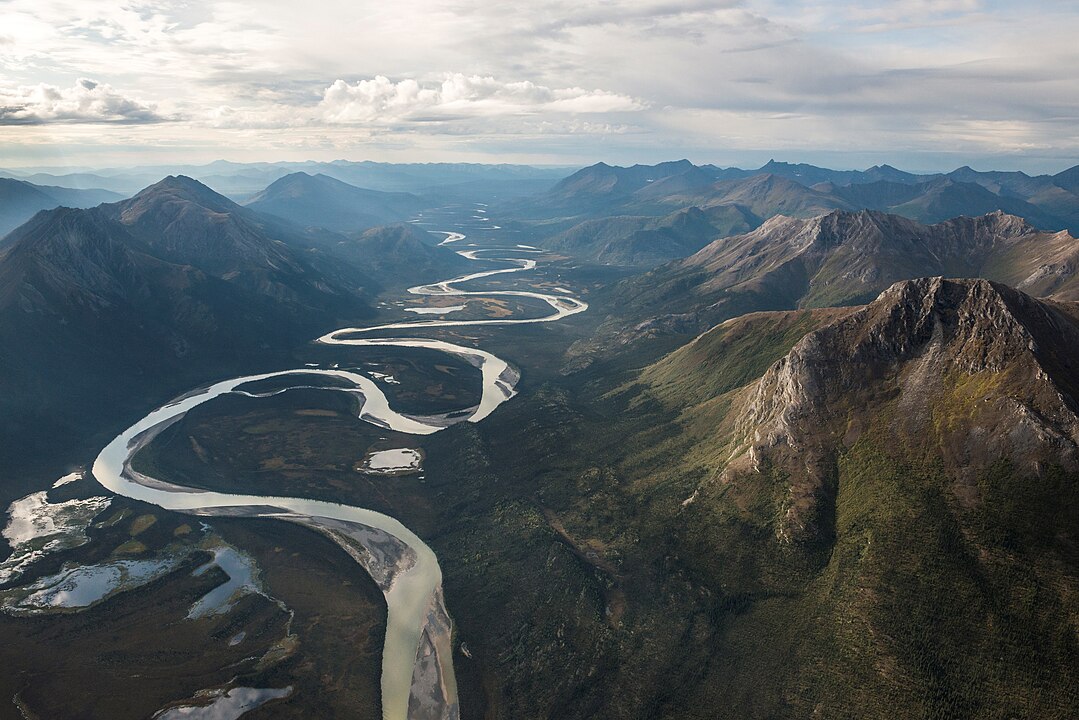
No roads, no trails, no visitor centers in the backcountry, only bush planes setting down on gravel bars along the Alatna, Noatak, or John. The Brooks Range opens like a book of stone, and river valleys lead into passes where silence has weight. A few walkers reach the boundary from the Dalton Highway, but practical access is by air. Weather shifts fast, light lingers, and the idea of distance changes from number to presence.
Virgin Islands National Park, St. John, USVI
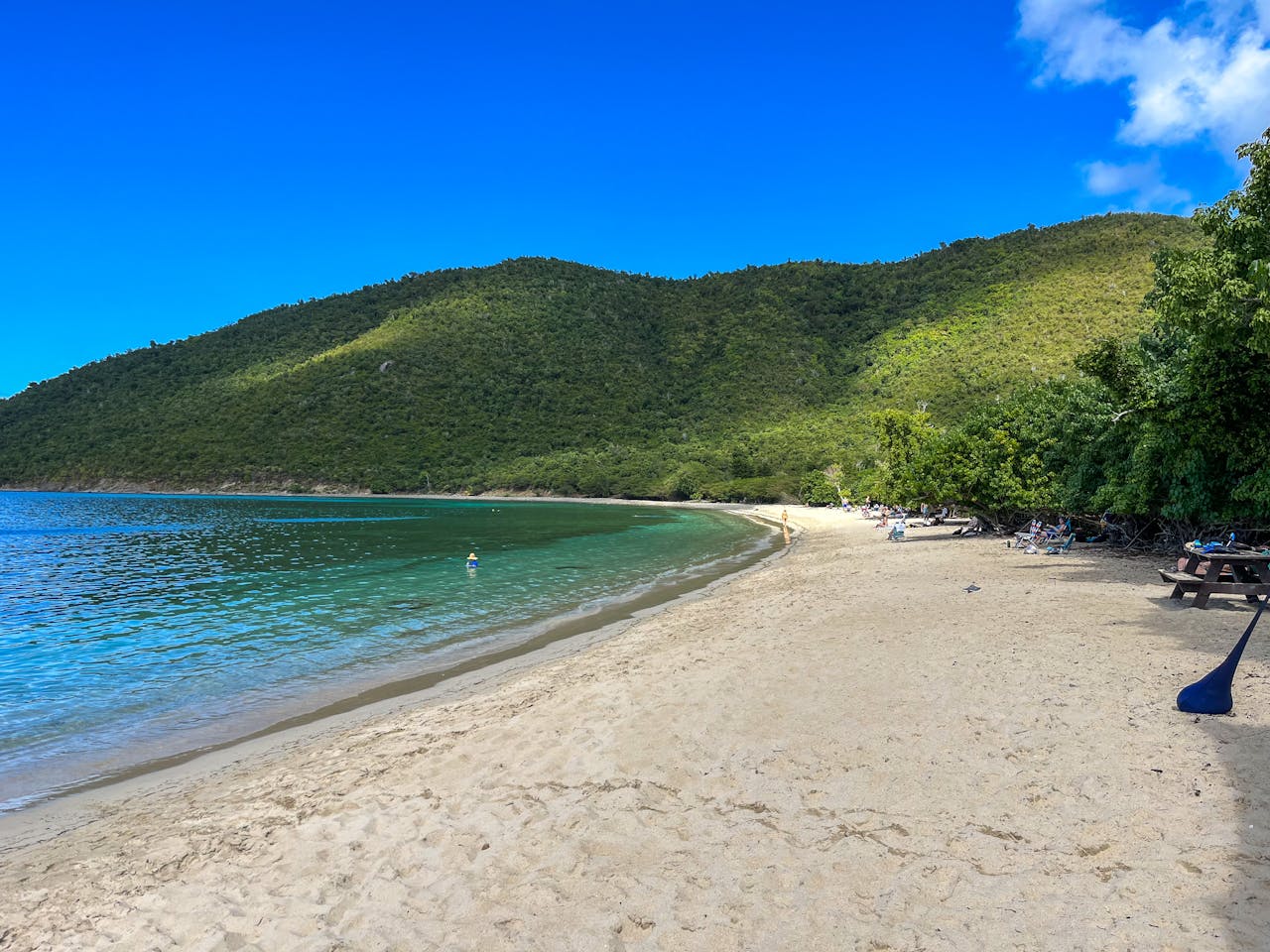
There is no airport on St. John, so ferries from St. Thomas do the honors, then taxis and trail shoes finish the work. Trunk Bay’s reef trail curls through clear water, Cinnamon and Maho settle into trade-wind calm, and Reef Bay hides petroglyphs in green shade. Caneel’s ruins and sugar mills add context to perfect beaches. The sea sets the tempo, and the absence of jet noise makes room for waves, tree frogs, and long swims.
